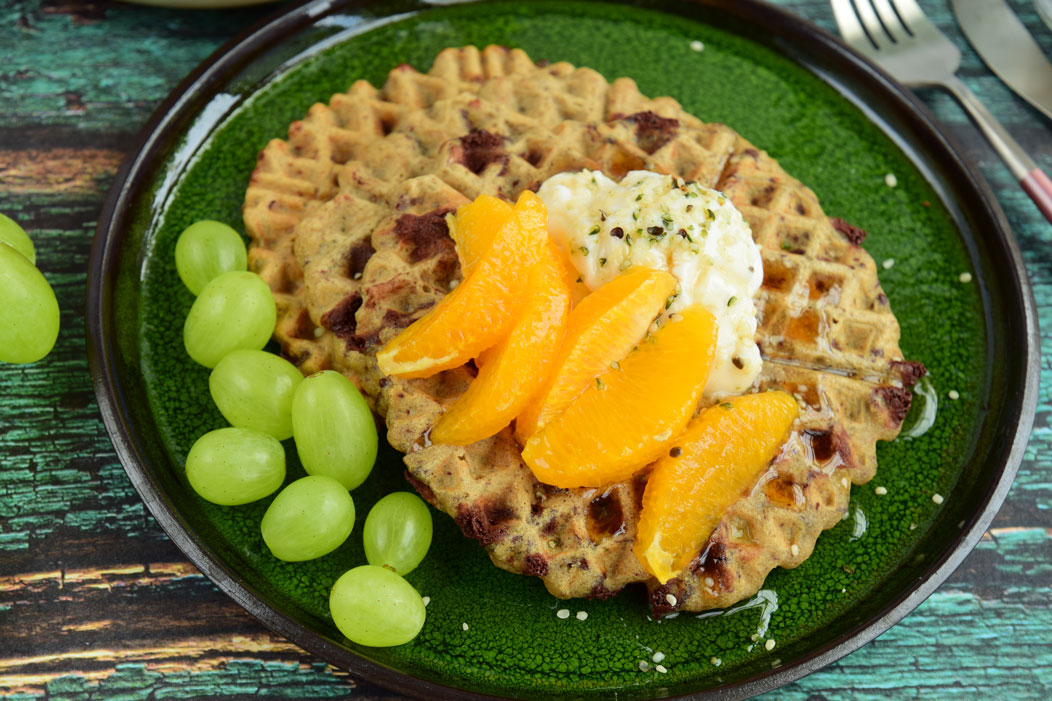
Why Quinoa Is a Healthy Food Choice
Quinoa (pronounced KEEN-wah) is an edible seed that’s gluten-free, high in fiber, and packed with nutrients, including B vitamins and antioxidants. It’s also a great source of protein. In fact, quinoa contains higher amounts of protein and fiber than other grains.
Quinoa’s Health Benefits

-
Boosts digestive health: Most Americans don’t get the recommended amount of dietary fiber, which keeps digestion running smoothly. Fortunately, quinoa is a tasty way to boost your fiber intake, and more fiber in your diet can help reduce constipation and bloating.
On average, adults should be getting 25 to 35 grams of fiber each day. Using quinoa in place of lower fiber choices, like white rice or processed grains, could help you have a “healthier gut.”
-
Reduces the risk of colon cancer: Foods that are high in fiber help lessen the risk of colon cancer, the second-leading cause of cancer-related deaths in American adults. Those who eat higher amounts of fiber have a lowered risk of colon cancer because fiber moves food waste through the colon more quickly, and harmful substances that could lead to cell damage don’t have a chance to take hold.
-
Helps control hunger: It’s hard to lose weight when you feel hungry all the time. But since foods like quinoa that are high in protein and fiber take longer to digest, you feel fuller longer.
Quinoa is considered a “complete protein,” meaning it contains all nine of the essential amino acids that are the building blocks of protein in muscles, bones, skin, and blood and can only be obtained from food. Our bodies can’t produce amino acids or store them.
Easy To Include in Your Diet
Along with nutritional benefits, quinoa is gluten-free. This means people with celiac disease, wheat allergies, or those who avoid gluten can eat it without worrying about unpleasant gastrointestinal aftereffects.
Quinoa is versatile and can be incorporated into a variety of dishes for breakfast, lunch, dinner, and snacks. Start by cooking quinoa like white rice but give it a quick rinse through a fine mesh strainer before boiling it. Cook quinoa in water or use low-sodium chicken or vegetable broth or stock to give it a flavor boost. Serve plain or mix with white rice.

Quinoa can also be used in protein balls, granola recipes, and even smoothies. It can also be used in place of rice in soups, stews, chili, stir-fries, stuffed peppers, and veggie burgers.
Quinoa also bakes nicely. You can use it in its whole form or grind it in a food processor and use it as flour. Just about anywhere you use grains, you can use quinoa.
You can use quinoa in many breakfast dishes, such as hot quinoa (in lieu of oats for oatmeal), grits, or pancake and waffle batter.
You can also find cooked and frozen quinoa at supermarkets, but it may be pricier. Store in the freezer and then follow the package directions for cooking on the stovetop or in the microwave.
Nutritional Breakdown for 1 Cup of Cooked Quinoa
- Calories: 222
- Protein: 8.14 g
- Fiber: 5.18 g
- Fat: 3.55 g (of which 0.42 g is saturated)
- Carbohydrates: 39.4 g
- Sugar: 2 g
- Folate: 19% of the daily value (DV)
- Vitamin B6: 13% of the DV
- Vitamin E: 8% of the DV
- Copper: 39% of the DV
- Iron: 15% of the DV
- Zinc: 18% of the DV
- Manganese: 51% of the DV
- Potassium: 7% of the DV









